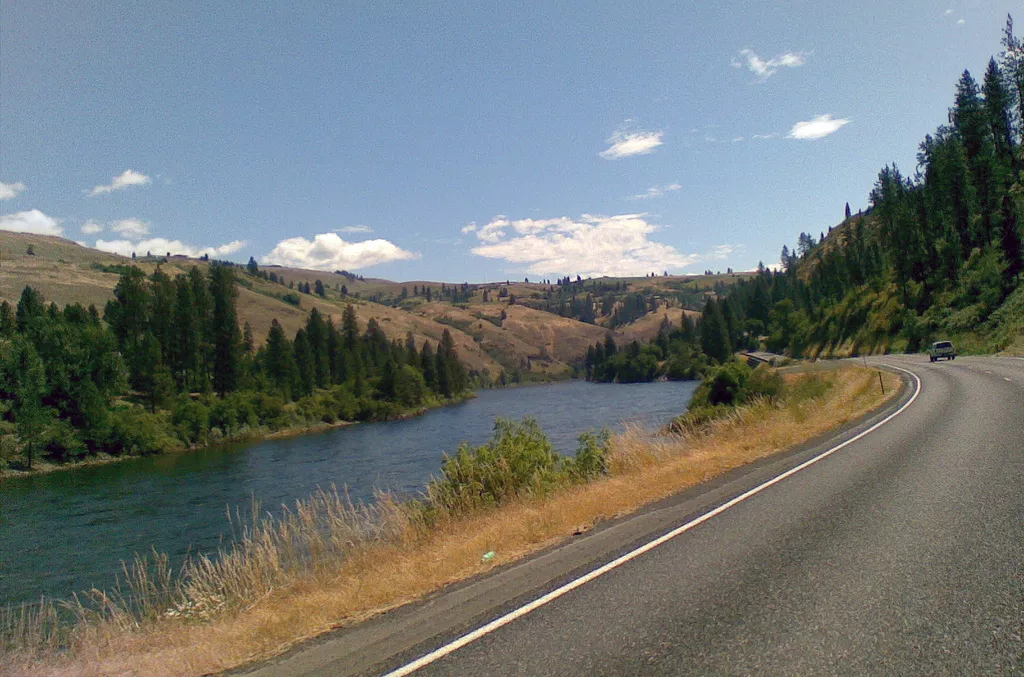Just west of the Nez Perce Reservation border near Lewiston, Idaho, a 644,000-pound heavy-haul transporter carrying tar sands mining equipment rounded a curve at 1 am on August 6, only to find a human blockade waiting.
Police in a dozen squad cars flipped on flashing lights as more than 200 Nez Perce Indians and dozens of their allies swarmed onto Highway 12. Their goal: halting the giant load to protest its transport across the reservation. Over the next hour, the sounds of chanting, drumming and singing echoed from the walls of the canyon. Then the arrests began, including eight members of the Nez Perce Tribal Executive Committee. Another tense hour passed before the mega-transport crept forward toward the Clearwater-Lochsa Wild and Scenic River corridor and the Montana border at Lolo Pass. But the protesters had spoken, and within hours varied media would carry their voices across North America.
My wife, Borg Hendrickson, and I were among that group; for three years, we've been trying to block the effort of international corporations to industrialize U.S. 12 in Idaho. The companies say they must travel this remote route to send gargantuan mining equipment to northern Alberta's tar sands. We say the corridor is a national treasure, a magnet for tourists and not a safe route for these monster loads.
Grassroots opposition has steadily grown. So far, an ExxonMobil subsidiary has transported only one of 207 proposed megaloads over Highway 12. Last October, a General Electric subsidiary abandoned its Highway 12 megaload plans after a federal judge ordered the U.S. Forest Service to protect the Lochsa-Clearwater Wild and Scenic River corridor.
Eight miles downstream from the Nez Perce's highway blockade, the Port of Lewiston lies on the Clearwater River's north bank near its confluence with the Snake. The port isn't that busy: between 2000 and 2011, the total tonnage it shipped decreased by 61 percent, including declines in every commodity — grains, lumber and paper from a nearby mill.
Megaloads were to be the port's salvation: "If one oil company is successful, many more will follow," the Port of Lewiston proclaimed in its application for federal economic recovery funds. Which brings us to salmon. Most scientists believe that federal dams may have tipped the scale from recovery to extinction of Snake River salmon. "Someone needs to speak for the animals," a Nez Perce Tribal Executive Committee member told reporters shortly before the tribe's blockade.
Our fight to preserve the Clearwater-Lochsa corridor we have long called home has led my wife and me through agency offices and courtrooms to the tar sands of northern Alberta. Along the way, we've been joined by thousands of fellow citizens who share a love of wild rivers and wild fish. We are all concerned about the growth of corporate power and the consequent bullying of people and disregard for natural places. Like returning salmon, we swim upstream, but our numbers are growing, and our voices persist. ♦
Linwood Laughy and his wife founded FightingGoliath.org, a network working to keep megaloads off Highway 12. A version of this column first appeared in High Country News (hcn.org).

